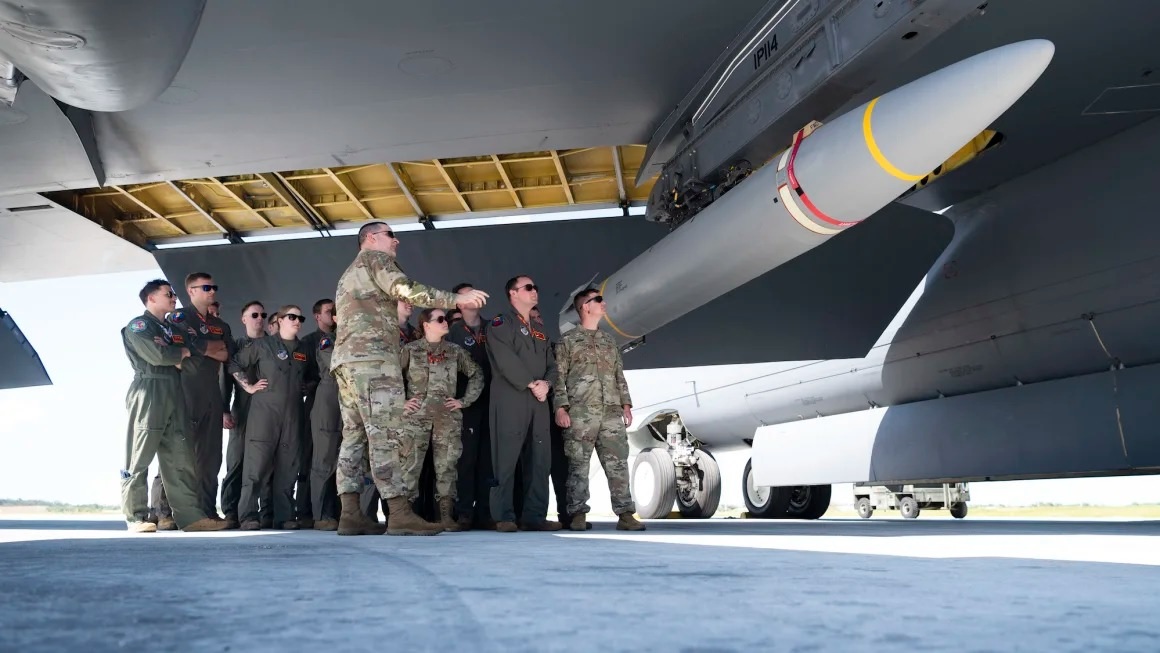Chinese Researchers Identify Critical Flaw in NASA's Hypersonic Software

Latest Defense News
China ,U.S
A research team from China has unveiled a critical flaw in NASA's hypersonic aerodynamics software, potentially casting doubts on the accuracy of simulations crucial for high-speed aircraft design and safety.
Led by Professor Liu Jun from the Hypersonic Technology Laboratory of the National University of Defence Technology, the team's findings were published in the Chinese academic journal Acta Aerodynamica Sinica. Their research suggests that a small deficiency within the equations of NASA's hypersonic software, Vulcan-CFD, could lead to erroneous outcomes when simulating high-temperature ablation.
Hypersonic speeds, exceeding Mach 5, generate extreme temperatures due to friction with the air, triggering chemical reactions that can erode aircraft surfaces and affect surrounding air properties. The inaccuracies found in the modeling data could significantly impact aircraft performance and safety.
The software under scrutiny, Vulcan-CFD, was developed by NASA's Langley Research Centre and is subject to export controls due to its potential use in hypersonic weapon development, restricted to distribution within American borders. Despite these controls, Chinese researchers accessed information about Vulcan's working principles and equations from a 2020 academic paper by NASA's software development team.
The significance of the flaw lies in its potential implications for hypersonic weapon technology, an area where China has shown rapid advancement. Collaborating with scientists from the People's Liberation Army University of Aerospace Engineering and the Aerodynamics Research and Development Centre, Liu's team highlighted the deficiency in NASA's software, underscoring its importance for both simulation and analysis in hypersonic research.
The lag in American hypersonic weapons development compared to China and Russia has been evident, with setbacks such as the consecutive failures of the US Army's Long-Range Hypersonic Weapon (LRHW) in 2021 and 2022. These failures, attributed to challenges in managing extreme heat, have led to delays and significant financial costs.
The US Congressional Budget Office emphasized the necessity of managing extreme temperatures in hypersonic missiles, citing the complexities involved in shielding sensitive electronics and predicting aerodynamics under sustained high temperatures. Despite ongoing testing efforts, failures have hindered progress in American hypersonic weapon programs.
Liu's team identified a critical equation in NASA's Vulcan software that fails to adequately consider the mixing and transport of chemical components in high-temperature gas mixtures, particularly under conditions of rapid temperature changes or oscillations. This oversight, they argue, could significantly impact the software's ability to forecast chemical composition and temperature changes on aircraft surfaces accurately.
NASA's historical involvement in hypersonic technology dates back to its early exploration efforts, with the term "hypersonic" coined by Qian Xuesen, a Chinese rocket scientist and one of the founding scientists of NASA's Jet Propulsion Laboratory in 1946.
In conclusion, the discovery of a critical flaw in NASA's hypersonic software by Chinese researchers raises important questions about the accuracy and reliability of simulations crucial for hypersonic aircraft design and safety. Addressing such deficiencies is paramount as nations continue to advance in hypersonic technology, with potential implications for military capabilities and international relations.


